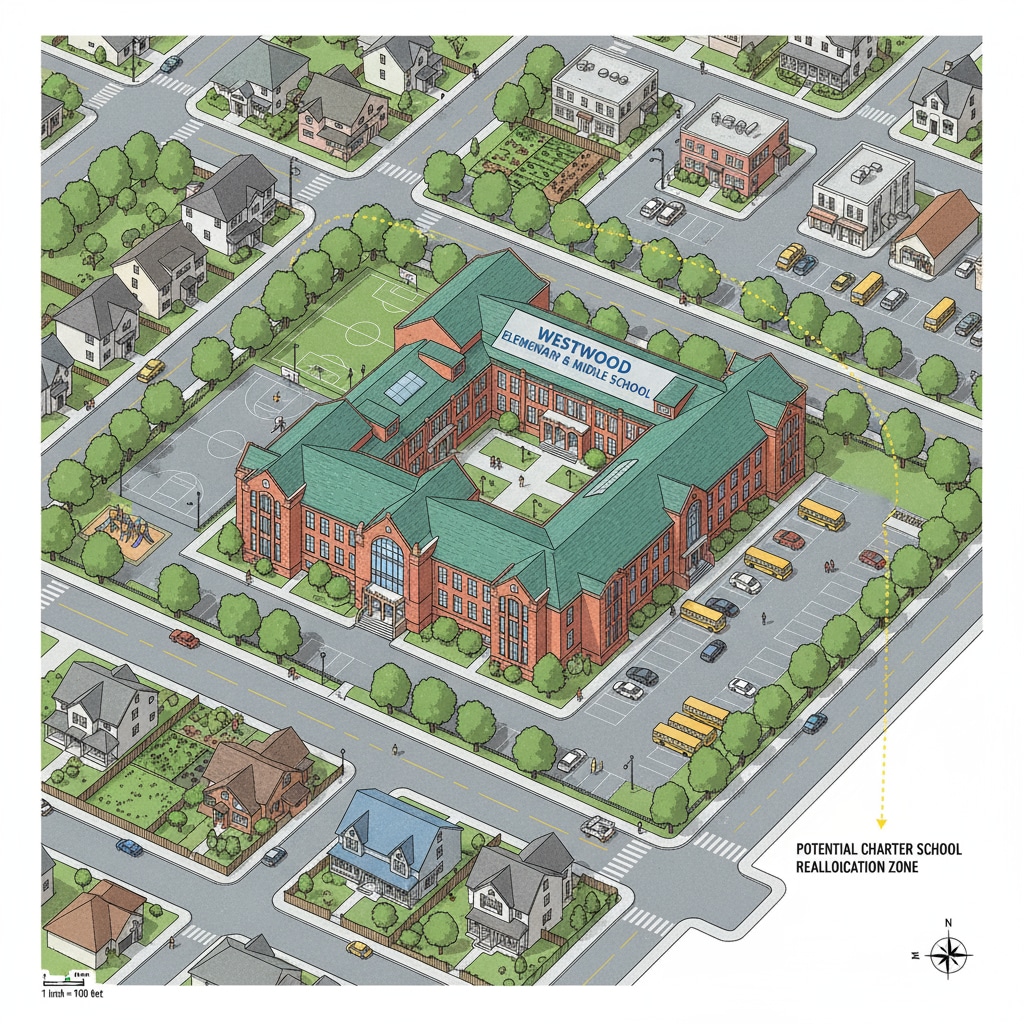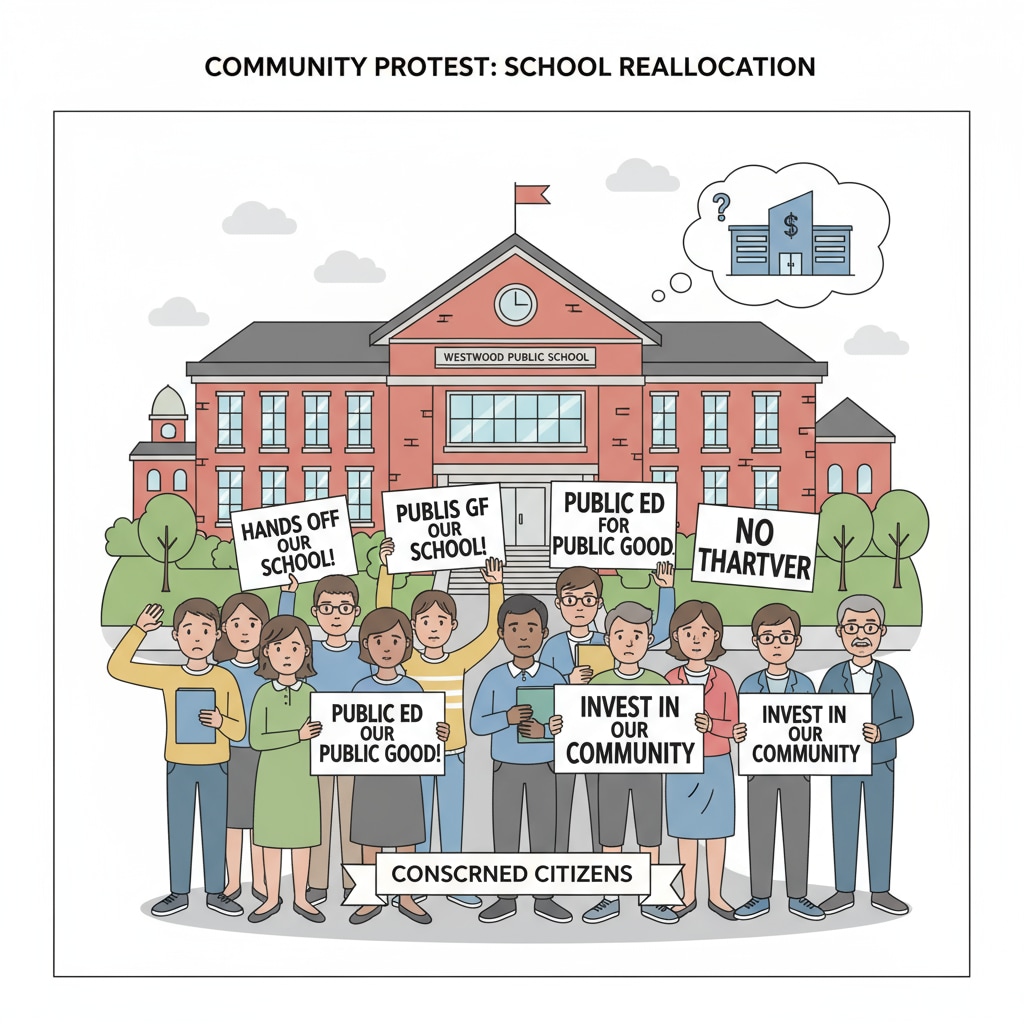The issue of school district, public schools, charter schools, and school building reuse has sparked intense controversy, especially when it comes to reallocating public elementary school buildings in low-income communities to charter schools. This decision involves multiple stakeholders with conflicting interests, and has far-reaching impacts on both the community and educational equity.

The Stakeholders Involved
There are several key stakeholders in this situation. The school district plays a central role, as it makes the decision regarding the reuse of school buildings. On one hand, they may see the potential benefits of charter schools in terms of innovation and educational improvement. However, they also need to consider the interests of the existing public school students and the community. Public school students and their families often oppose such reallocations, fearing disruptions to their education and loss of a neighborhood school. Charter schools, on the other hand, are eager to secure suitable facilities to expand their educational programs. According to the U.S. Department of Education’s information on charter schools, charter schools operate with more flexibility and aim to provide alternative educational models.
Community Impacts
The reallocation of public school buildings to charter schools can have significant community impacts. In many low-income communities, the local public school is not just an educational institution but also a community hub. When the building is taken away for charter school use, it can lead to a sense of loss and disconnection among community members. For example, community events that were previously held at the public school may have to be relocated or canceled. Moreover, the presence of a charter school might bring in a different demographic, potentially changing the social fabric of the neighborhood. As Britannica’s entry on education points out, education is intertwined with community development.

Another aspect is educational equity. Critics argue that such reallocations can exacerbate existing educational inequalities. Public schools in low-income areas often already face resource shortages. Transferring the building to a charter school might further drain resources from the remaining public schools. This could lead to larger class sizes, fewer extracurricular activities, and a less conducive learning environment for public school students.
Readability guidance: The above content uses short paragraphs to clearly present different aspects of the issue. Each H2 section focuses on a key point, and external authoritative links are provided to support the arguments. Transition words like “however”, “moreover”, and “for example” are used to enhance the flow of the text.


